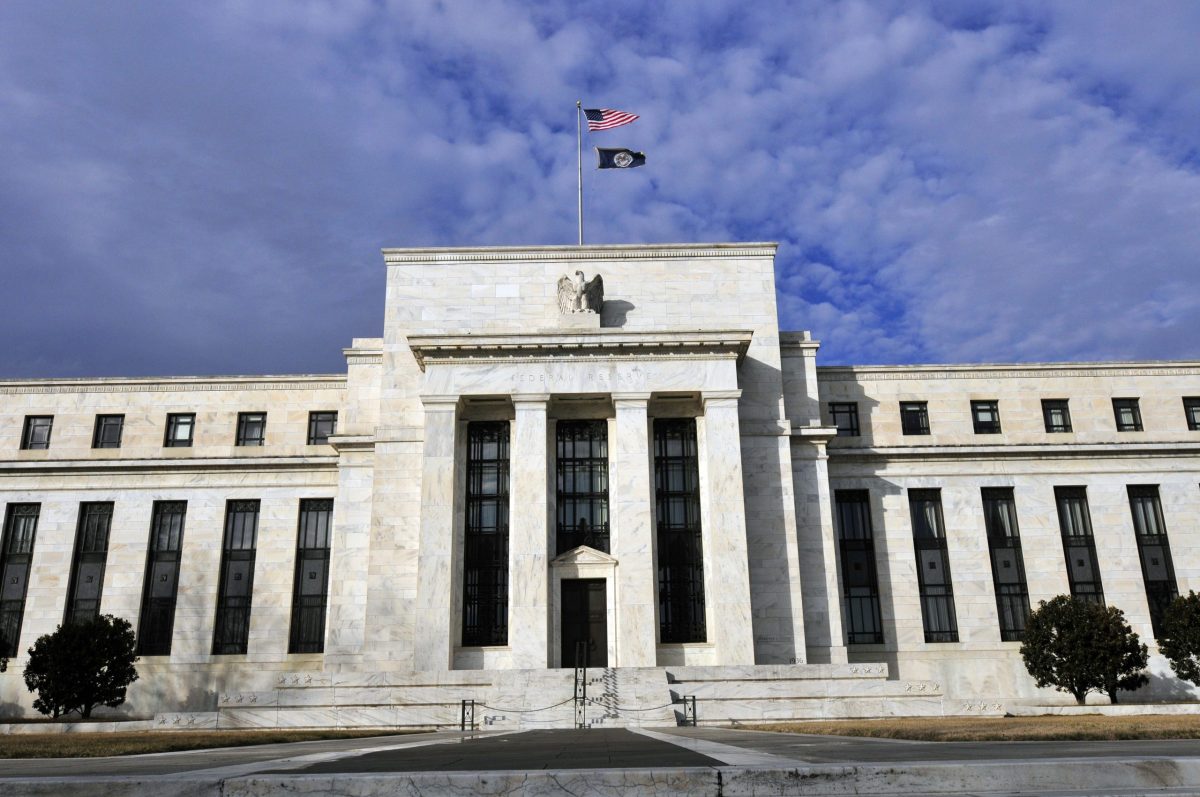Fed Likely to Opt for Small Rate Cut, No Major Reductions Expected
07.09.2024 8:00 1 min. read Alexander Stefanov
Despite investor hopes, the Federal Reserve is unlikely to implement substantial rate cuts in the near future.
Economist Carl Weinberg forecasts that the Fed will not enact a dramatic 50-basis-point reduction, citing insufficient data to justify such a move.
As the Fed’s September 17-18 meeting approaches, expectations lean toward a modest 25-basis-point cut rather than a more aggressive adjustment. Weinberg highlights that, despite fluctuations in the labor market, there’s no pressing data to prompt a larger cut.
The Fed faces high real interest rates even though inflation has eased. Weinberg notes that while inflation is down, real rates remain elevated, necessitating a careful approach without inciting panic.
The Fed’s current rate is between 5.25% and 5.50%. While a 50-basis-point cut isn’t entirely ruled out, it hinges on upcoming labor market reports. Ben Emons from Fed Watch Advisors suggests that weaker job data could provide more flexibility for the Fed.
Market expectations for nonfarm payrolls and unemployment figures are high, but a disappointing jobs report could sway the Fed’s policy. Meanwhile, Jim Cramer advises investors to avoid drastic actions and wait for more comprehensive information before making significant market moves. Despite some market volatility, he remains confident that the Fed’s strategy is sound.
-
1
Gold Beats U.S. Stock Market Over 25 Years, Even With Dividends Included
13.07.2025 15:00 1 min. read -
2
US Inflation Heats Up in June, Fueling Uncertainty Around Fed Cuts
15.07.2025 16:15 2 min. read -
3
U.S. Announces Sweeping New Tariffs on 30+ Countries
12.07.2025 16:30 2 min. read -
4
Robert Kiyosaki Predicts When The Price of Silver Will Explode
28.06.2025 16:30 2 min. read -
5
Key U.S. Economic Events to Watch Next Week
06.07.2025 19:00 2 min. read
US Inflation Heats Up in June, Fueling Uncertainty Around Fed Cuts
U.S. inflation accelerated in June, dealing a potential setback to expectations of imminent Federal Reserve rate cuts.
Gold Beats U.S. Stock Market Over 25 Years, Even With Dividends Included
In a surprising long-term performance shift, gold has officially outpaced the U.S. stock market over the past 25 years—dividends included.
U.S. Announces Sweeping New Tariffs on 30+ Countries
The United States has rolled out a broad set of new import tariffs this week, targeting over 30 countries and economic blocs in a sharp escalation of its trade protection measures, according to list from WatcherGuru.
Key U.S. Economic Events to Watch Next Week
After a week of record-setting gains in U.S. markets, investors are shifting focus to a quieter yet crucial stretch of macroeconomic developments.
-
1
Gold Beats U.S. Stock Market Over 25 Years, Even With Dividends Included
13.07.2025 15:00 1 min. read -
2
US Inflation Heats Up in June, Fueling Uncertainty Around Fed Cuts
15.07.2025 16:15 2 min. read -
3
U.S. Announces Sweeping New Tariffs on 30+ Countries
12.07.2025 16:30 2 min. read -
4
Robert Kiyosaki Predicts When The Price of Silver Will Explode
28.06.2025 16:30 2 min. read -
5
Key U.S. Economic Events to Watch Next Week
06.07.2025 19:00 2 min. read


